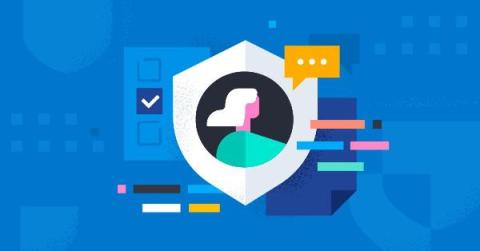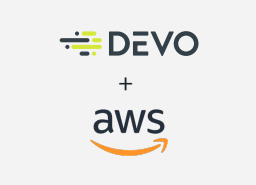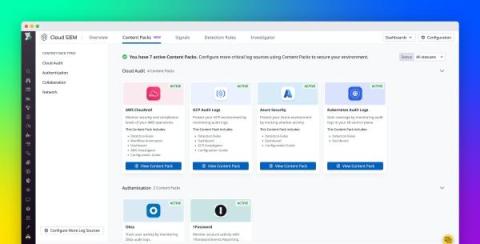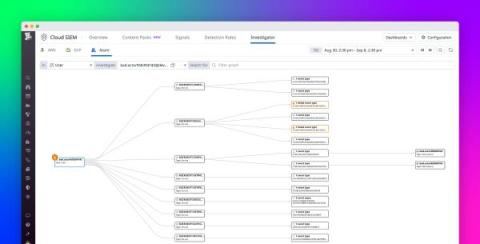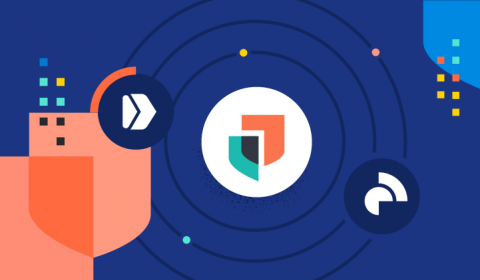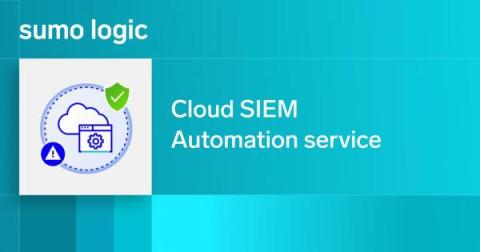Security | Threat Detection | Cyberattacks | DevSecOps | Compliance
Latest News
Leveling up Elastic Cloud security: Introduction to role-based access control
Breaking Down the Differences Between Entry-Level, Mid, and Senior SOC Analysts
The Security Operations Center (SOC) plays a critical role in reducing cyber risk. Successful management of a SOC, however, is a team effort that requires the combined expertise of entry-level (tier 1), mid-level (tier 2), and senior-level (tier 3) analysts. In this piece, we break down the key differences of the three analyst tiers, offer tips for each tier, and provide universal advice to help you succeed in your SOC career.
AWS Security Data Lake and the Devo Platform
In the ever-evolving cybersecurity landscape, the need for a comprehensive security data lake (SDL) has become important to some enterprises. Organizations face multi-vector threats that demand extensive data analysis to effectively counter them.
Easily ingest and monitor security logs with Cloud SIEM Content Packs
Datadog Cloud SIEM helps customers protect their cloud environment and SaaS applications against threats with built-in threat detection rules, interactive dashboards, workflow blueprints, and in-depth support resources. These capabilities provide valuable insights into your security posture, so you can respond promptly to emerging threats. In order to generate these insights, Cloud SIEM analyzes log data, which users can start sending to Datadog by enabling one of our out-of-the-box integrations.
Bolster OT Security with Graylog
Visualize activity in your Azure environment with Datadog Cloud SIEM Investigator
Cloud infrastructures can comprise thousands of interconnected and dynamic resources. This complexity introduces unique challenges to monitoring and securing these architectures. Understanding where user activity originates—and what actions constitute security threats—is a complex task when you’re dealing with the huge volume of logs, metrics, and other telemetry that highly distributed cloud environments generate each day.



